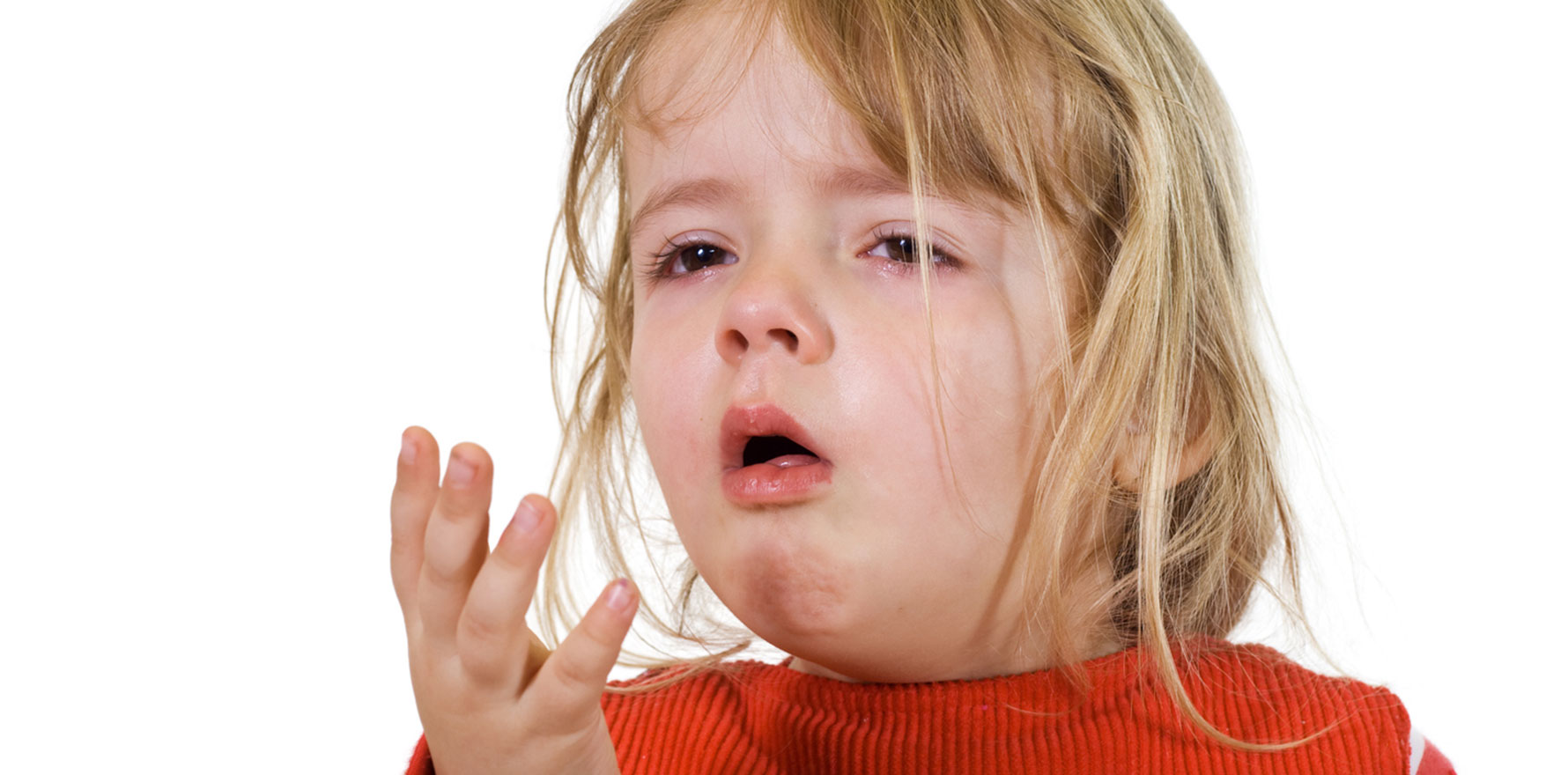Declining vaccination numbers as well as features of the acellular vaccine mean this year’s outbreak is hitting hard.
Having skipped the expected surge in 2020-22 thanks to covid prevention measures, pertussis is back with a vengeance.
Around 12,000 cases have been notified in the first half of the year, close to five times last year’s total.
Professor Paul Griffin, director of infectious diseases at Mater Health Services in Brisbane, said there had been “an unusual number of cases this year”, even given the tendency of pertussis to fluctuate in three-, five- or seven-yearly cycles.
“What we did for covid in terms of mitigating strategies has disrupted our normal patterns with all respiratory infections and has certainly had an impact [with pertussis],” he told ARR.
“We are seeing a significant increase in number, and that is compounded by vaccination rates declining, meaning that the impact of those cases is greater than it needed to be.”
This decline was not only in pockets such as the notoriously vaccine-averse regions of northern NSW and Queensland’s Sunshine Coast, where there had been case clusters, but overall as well.
“It is clear that the whole vaccination landscape is more challenging as a result of covid and the impacts of the rollout of the vaccine, misinformation, fatigue, complexity of schedules, and so on – that has all been made more challenging,” said Professor Griffin, who is a director and scientific advisory board member of the Immunisation Coalition.
“Certainly, in some groups, including the elderly and in pregnancy, we’ve [also] seen a bit of a decline, and that does translate to an increase in risk.”
There have been no fatalities here, unlike in the UK, where, despite much lower case numbers nine babies have died since an outbreak began in November. Maternal vaccination rates there have dropped to 59% from a high of 73% in 2017.
“We know that the maternal vaccine works so well and protects babies at their most vulnerable time before they’re able to have a vaccine themselves,” Professor Griffin said.
“We need to get people having a bit more faith in vaccination and trying to restore those rates.”
He said for older people in particular, the various vaccinations and vaccination schedules were becoming more complex, and failure to keep up did not necessarily reflect anti-vaccination sentiment.
This is an area where GPs have huge influence, he said.
“We know one of the biggest determinants of whether people make the right choices with respect to their health is having those interventions recommended by their GP, and so opportunistically ensuring people know what vaccines they might be eligible for, educating them about the benefits of those vaccines and the risks of the diseases they prevent, and making sure that people are vaccinated when eligible [is extremely valuable],” he said.
“GPs do a fantastic job in that space, and are certainly the ones to try and help address some of the challenges that we’re facing at the moment.”
As well as routine childhood jabs, adults are recommended in the Australian Immunisation Handbook to have a booster two weeks before coming into close contact with infants. Adults over 65, early childhood educators and healthcare workers should have one every 10 years.
AMA Queensland has called on the state government to make the pertussis vaccine free to those not already covered under the NIP.
Dr Laurence Luu, a Chancellor’s research fellow at UTS, said the acellular vaccine was easier for the Bordetella pertussis bacteria to evade through evolution than the previous whole-cell vaccine. The whole-cell vaccine caused more side effects including fever, and was replaced by the acellular vaccine here in 1997, but is still used in other parts of the world.
Dr Luu obtained his PhD working with Professor Ruiting Lan at the University of NSW on the evolution of pertussis in response to the newer vaccine.
While the whole bacteria presented hundreds of antigens, Dr Luu told ARR, the acellular one has only three: the proteins pertactin, filamentous haemagglutinin and pertussis toxin.
By the time of the 2008-12 outbreak many of the circulating bacteria had lost their pertactin, leaving the vaccine only two targets.
“The latest data from 2014-17 suggests about 80 to 90% of strains in Australia at that time no longer produced this protein,” he said.
“The vaccine is still very effective at preventing serious disease, because it’s targeting the toxin, but it doesn’t produce sterilising immunity, so you can still be colonised by the bacteria and then transmit it onto naive or unvaccinated individuals.”
Work is under way on improved acellular vaccines with added components, Dr Luu said.
Professor Griffin said the current vaccine still had “very high levels of efficacy” and was far less reactogenic than its predecessor.
“But it’s certainly an interesting thought and something that we need to monitor. We see that [evolution] almost in real time with some other vaccines, the pneumococcal vaccines, for example. So, we do need to watch that and potentially adapt and update our vaccines if needed,” he said.
“It’s very hard to come up with a vaccine that’s perfect, and there’s nearly always a trade-off in some capacity. But while there may be some impact on the bacteria from the vaccine, or spontaneously, it certainly isn’t to the point where we would no longer recommend that vaccine.”
“The unique point at the moment is that we have so many things circulating all at once: we obviously still have high levels of covid activity, we’re in the midst of our flu season with quite a significant peak at the moment, and then you factor in whooping cough and mycoplasma … that does put a strain on our GPs and our hospitals. So, the more prevention we can do, the better our system is at managing that.”


